The Cumbres and Toltec Scenic Railroad
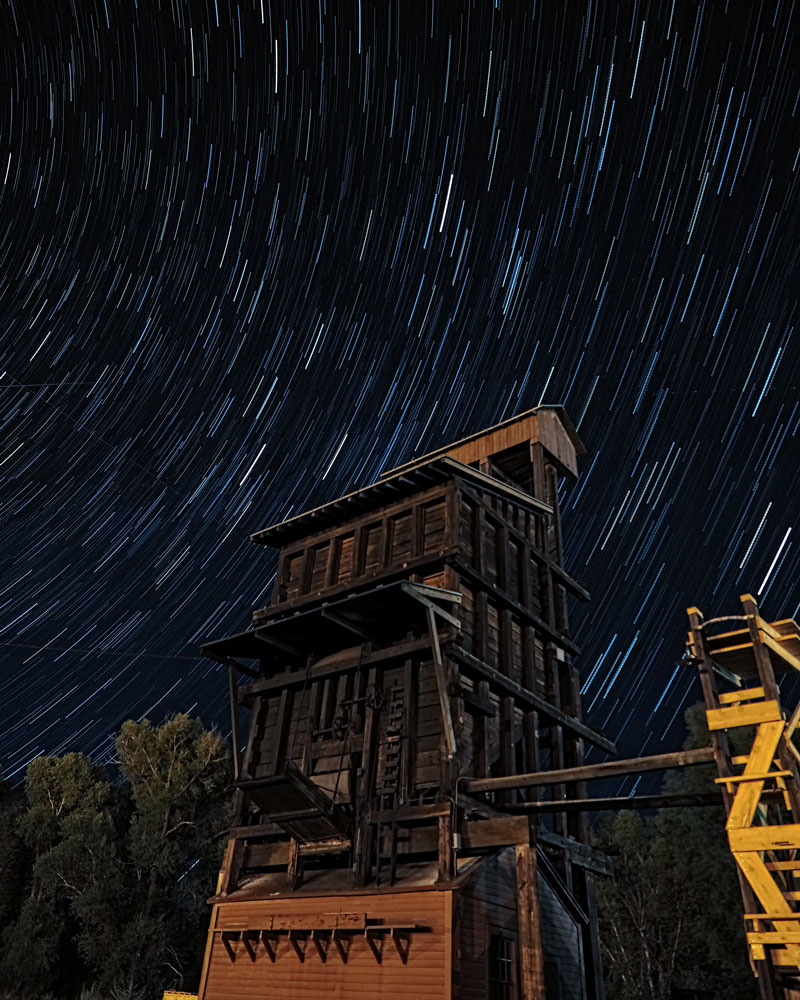
This past summer, while on a family vacation in Colorado, we visited the Cumbres and Toltec Scenic Railroad. As a lifelong train buff, this had been on my bucket list for a long time, and it did not disappoint! The Cumbres and Toltec is really a museum, but it’s a living museum. On the morning we were there, we felt as if we had stepped back to a time when the narrow gauge railroad was a thriving business. If you get to the rail yard early, you can watch the crews getting the locomotives ready, and hooking up the trains for the day. These are the very same preparations that would have been made almost 100 years ago.
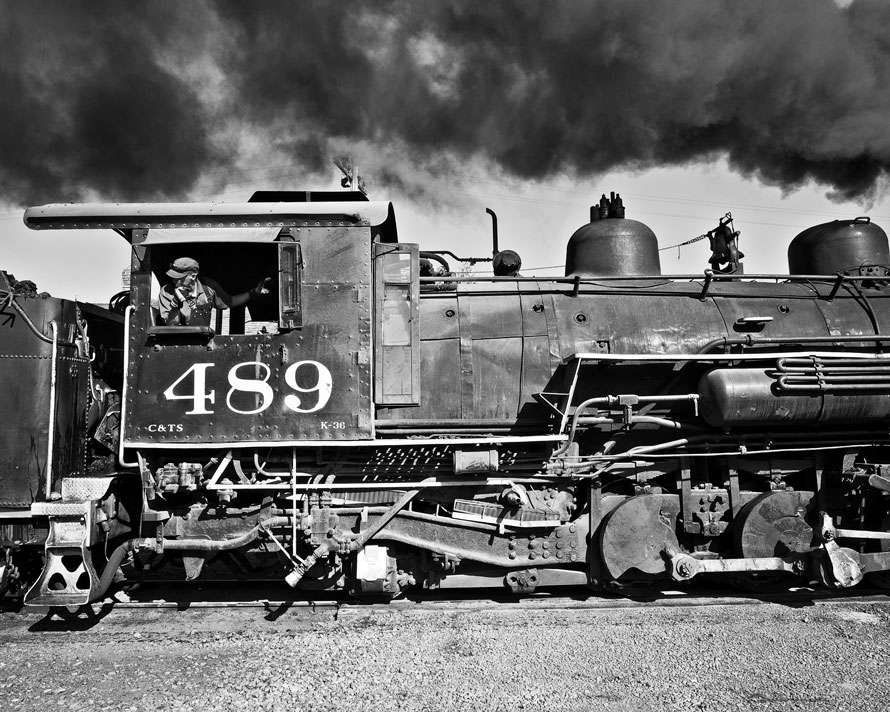
I will not go into a detailed history of the Cumbres and Toltec, but I will give you a quick overview. During 1880, the Rio Grande built a narrow gauge extension from Alamosa to Antonito, and then on to Chama. Eventually, the rails would extend past Chama to Durango, and then Silverton. The goal of all this was primarily to access the rich minerals in the San Juan mountains, and later oil from the oil fields near Chama. The railroad also carried passengers, mail, and other commodities to these far flung mountain towns.
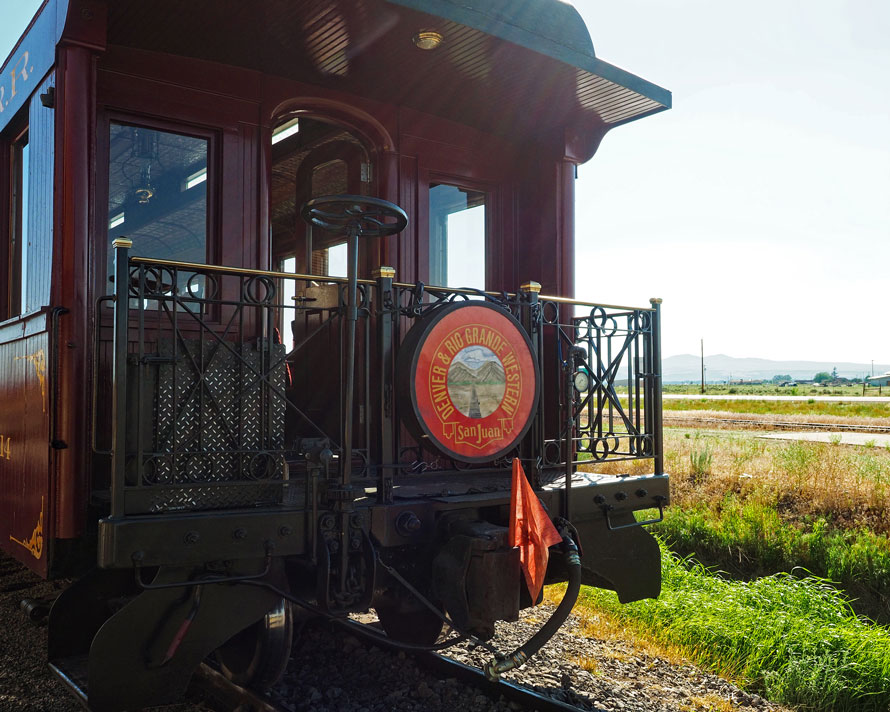
The narrow gauge lines had originally been chosen for their cheaper building costs, and their ability to better traverse the rugged Colorado mountains. However, even from its beginnings, narrow gauge lines faced a compatibility problem with standard gauge railroads. This led to problems, such as having to transfer cargo from narrow gauge cars to standard gauge cars, and thus delays in transit times. The Rio Grande knew this all too well, and by 1968, only the San Juan extension from Antonito to Silverton still existed in narrow gauge. The Rio Grande wanted out, and so the states of Colorado and New Mexico stepped in to purchase the line between Antonito, Colorado and Chama, New Mexico. In 1970, it began operations as the Cumbres and Toltec Scenic Railroad. In addition to maintenance and funding by Colorado and New Mexico, a volunteer group known as the “Friends of the Cumbres & Toltec” does a lot of preservation and fundraising work.
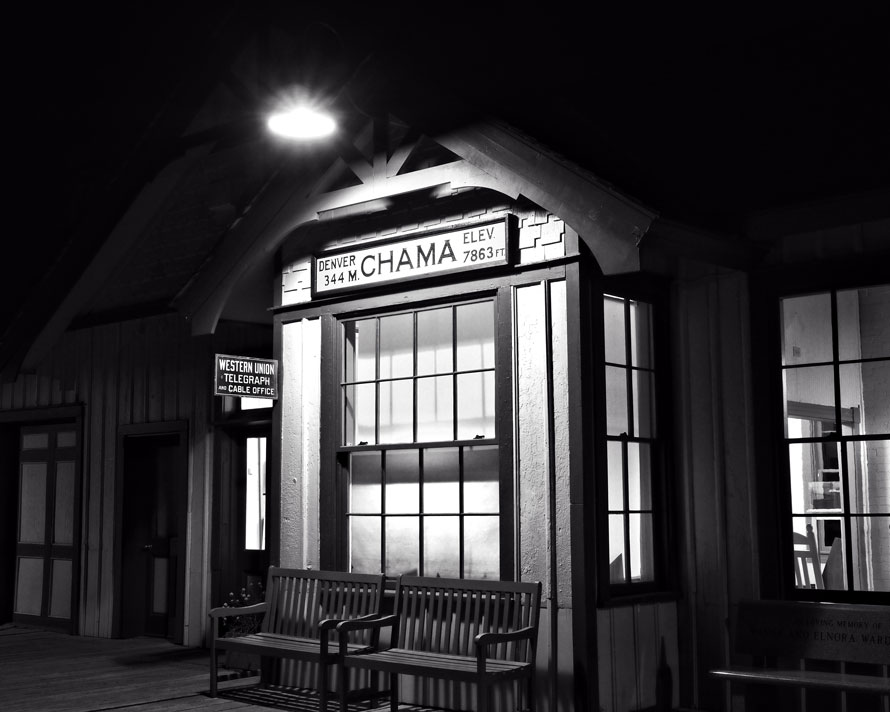
Our ride on the Cumbres and Toltec began with a motor coach ride from Chama, where we were staying the night, to Antonito. Then, we boarded the train in Antonito for the six and a half hour ride back to Chama. And what an amazing ride it was! The first part of the trip from Antonito is open and barren with sagebrush, rabbitbrush, and native grasses. Even at 7,888 feet in elevation, it is an arid, almost desert like landscape, with lots of mesas and dry washes. The line feels like it is just meandering through the landscape, but it is deceptive. You are actually steadily gaining in elevation, and the “meandering” of the track is an effort to reduce the grade.
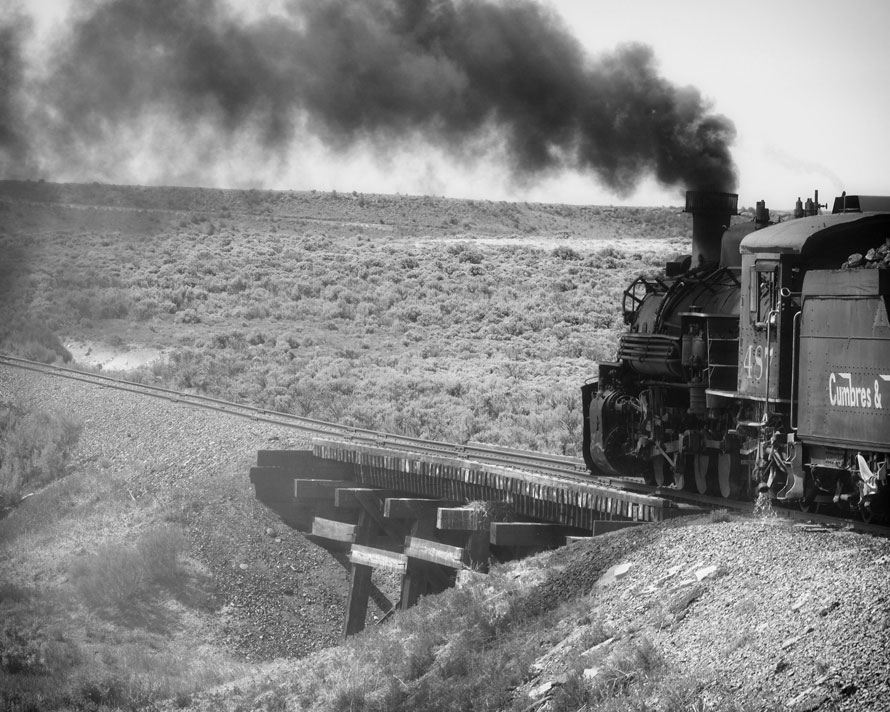
About ten miles along the route, the elevation gain is becoming apparent. This area is known as Lava, and had a siding, phone booth, and water tower. The siding is no longer here, and vandals had destroyed the original phone booth. At this point, the train has gained about 600 feet in elevation.
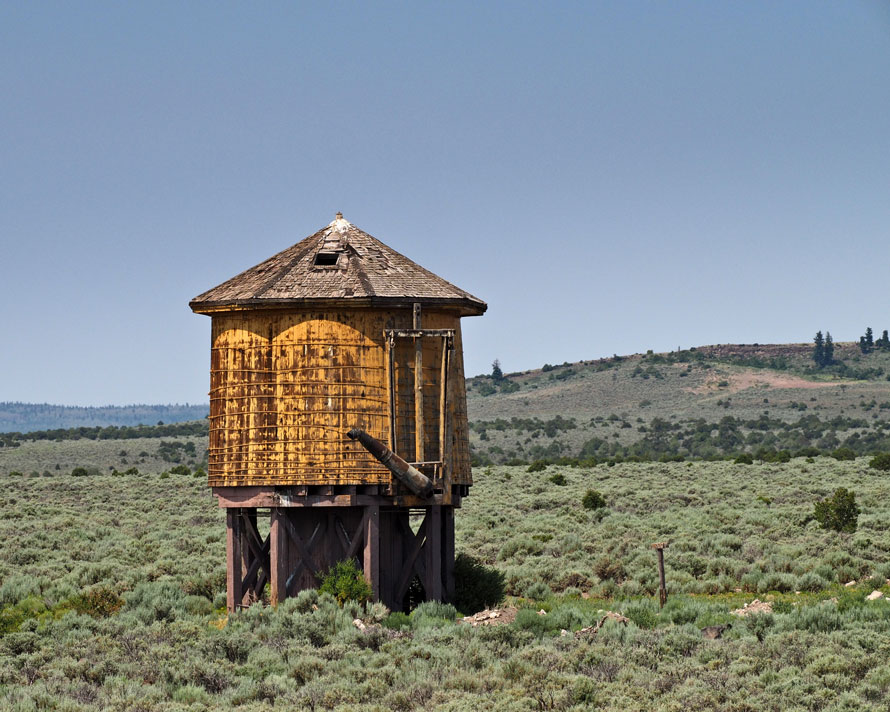
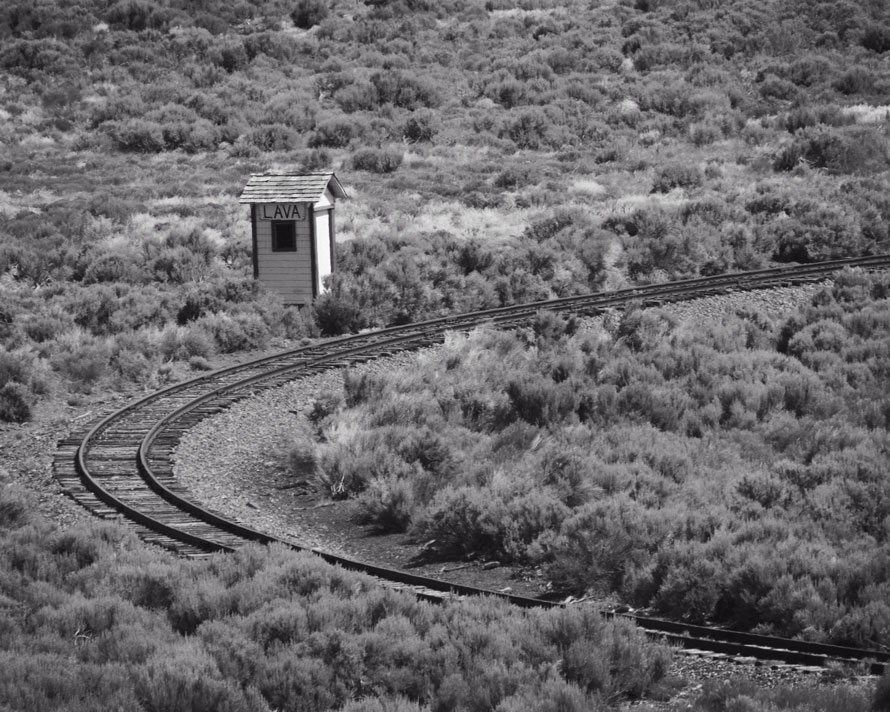
From here, the train continues to wind its way up through the mountains, steadily gaining elevation. Along the way, the line doubles back on itself several times in an area known as “Whiplash Curve.”
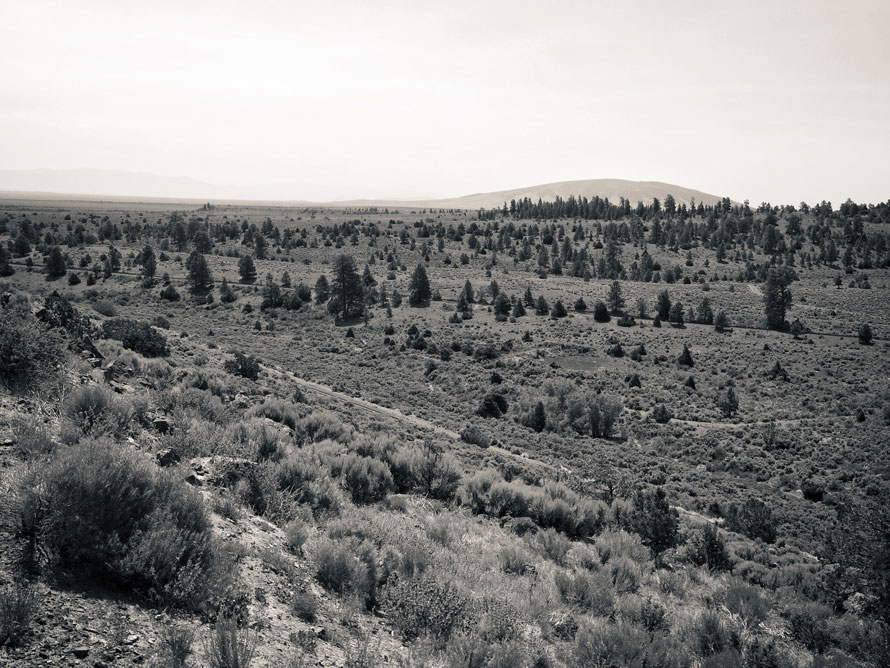
Nine miles later, we pulled into the old siding called Sublette. Here, there are a few old frame buildings that once housed section gangs that maintained the track and equipment. The Friends of the C&T have done a nice job restoring these old buildings. Here also, our mighty K-36 locomotive stopped for a drink of water. At this point, the train had climbed to an elevation of 9,276 feet.
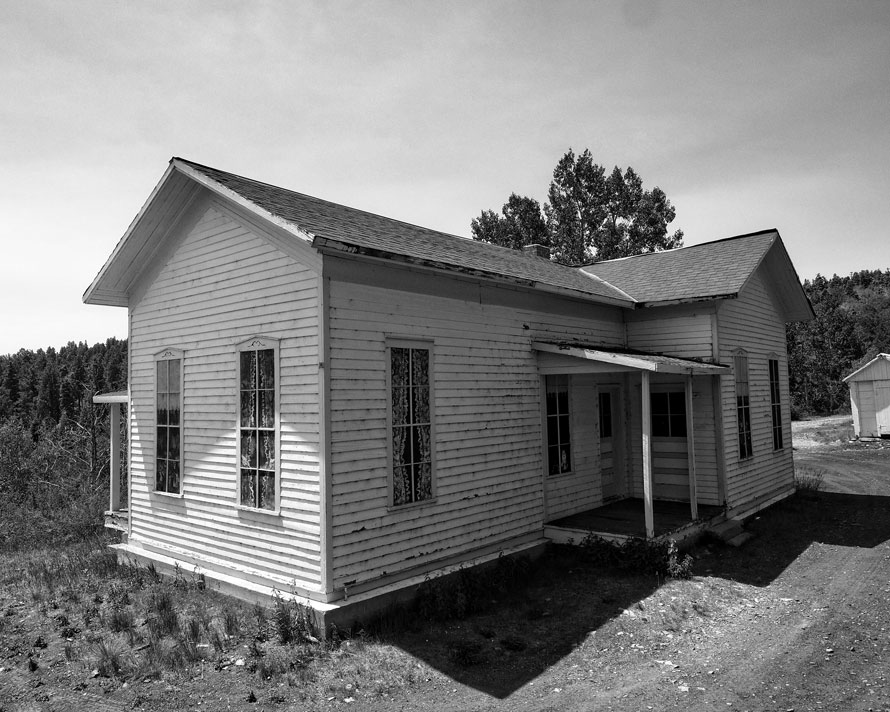
Not long after Sublette, the train came to the first of two tunnels. We were riding in the open-air gondola, with no roof, and my wife asked if we should go back to the enclosed car. The boys and I looked at her in disbelief—we were not about to miss going through a tunnel on a steam train in an open car! She just shook her head, and kindly stayed with us. This first tunnel was called “Mud Tunnel.” It was indeed a bit smoky inside, but worth the experience!
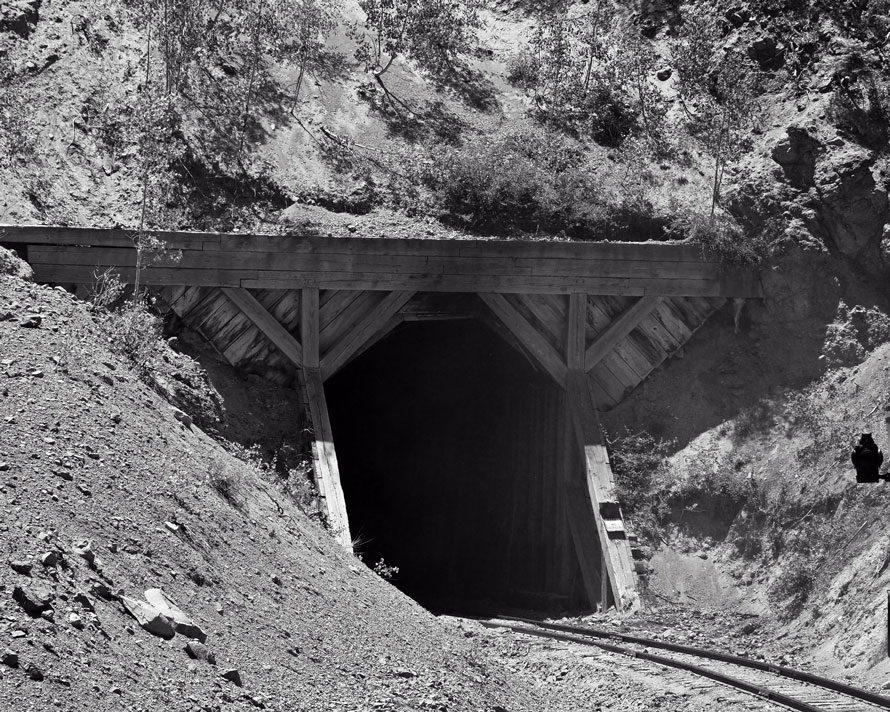
As we continued along our journey, we came to a spot known as “Phantom Curve.” It seems that in the early days, the Denver & Rio Grande trainmen often made the trip at night. The headlight would create strange shadows and shapes in the rock formations, as the train wound through them. This was also the site of a wreck in 1948, caused by an avalanche.
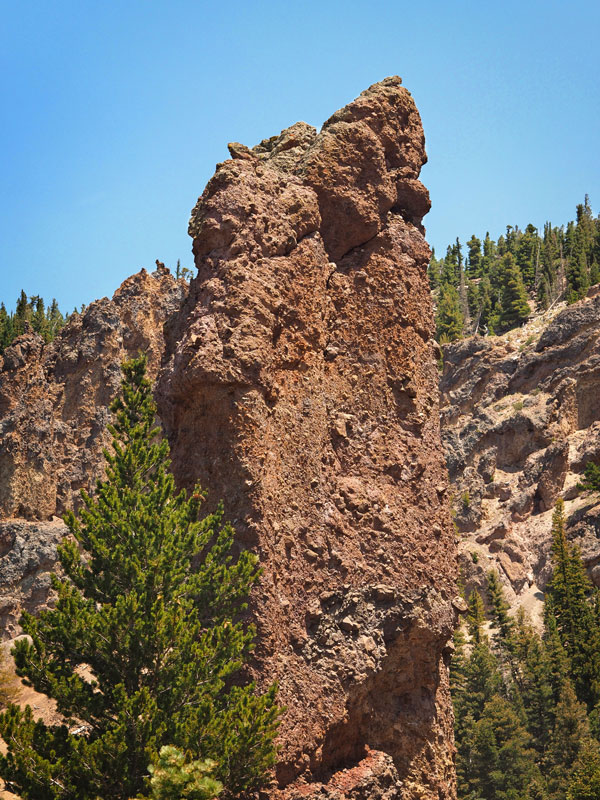
Also in this area, the train is high along the side of the mountains. The scenery has changed from the arid desert to a high mountain vista. There are aspens, ponderosa pine, pinon pines, and various other trees. Here it becomes a much more rugged land, with boulders along the track, and steep drop offs.
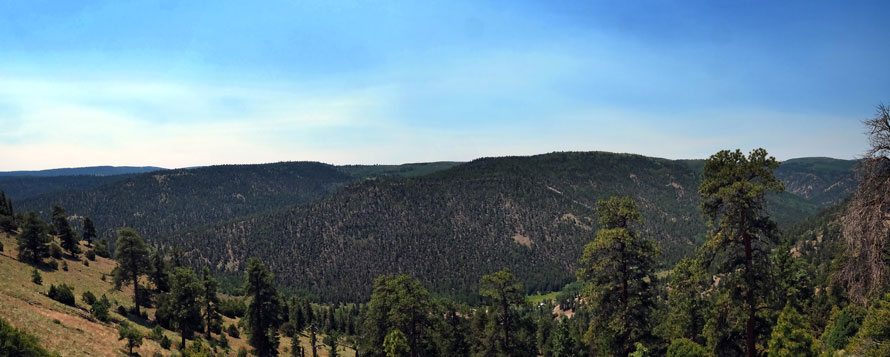
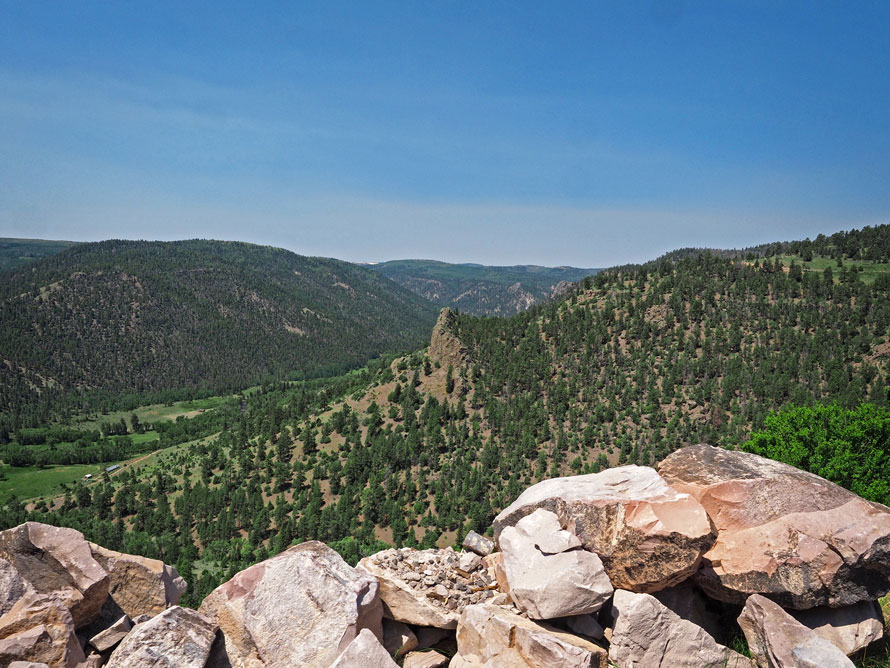
At an elevation of 9,631 feet, we came to the second tunnel known as “Rock Tunnel.” As before, we stayed in the open air gondola, and this time, I got a spooky picture from inside the tunnel.
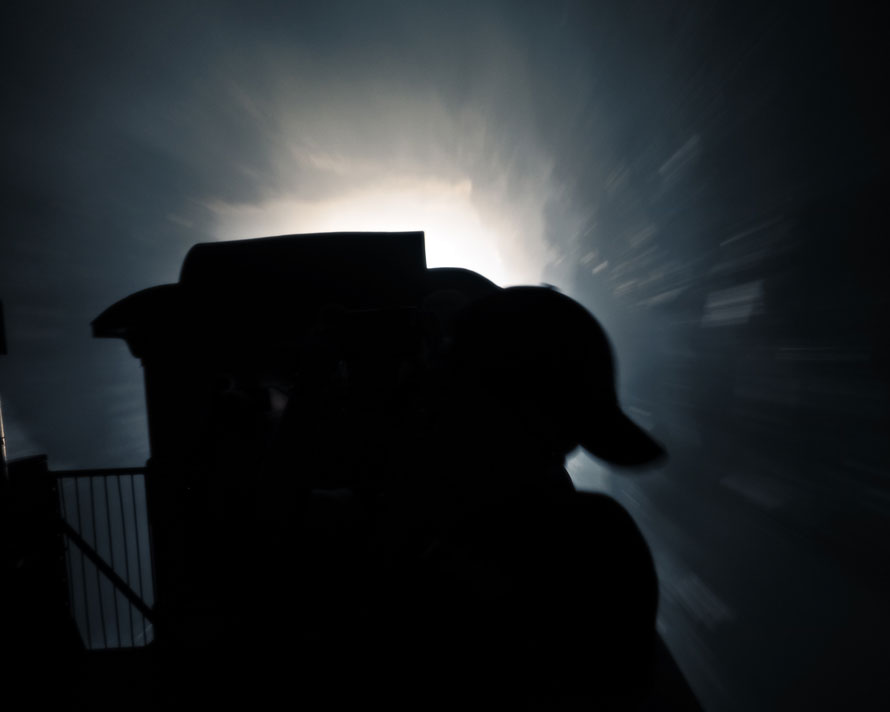
As the train cleared the tunnel, we were treated to a breathtaking view of the Toltec Gorge. About 600 feet below was the Rio de Los Pinos, and a curious monument.
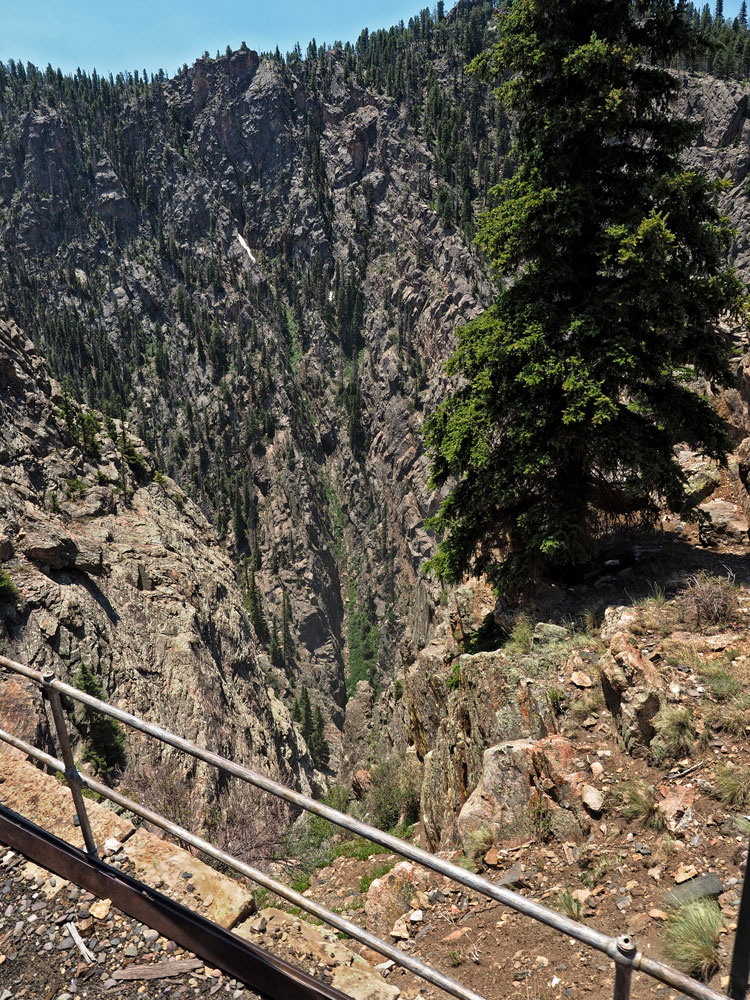
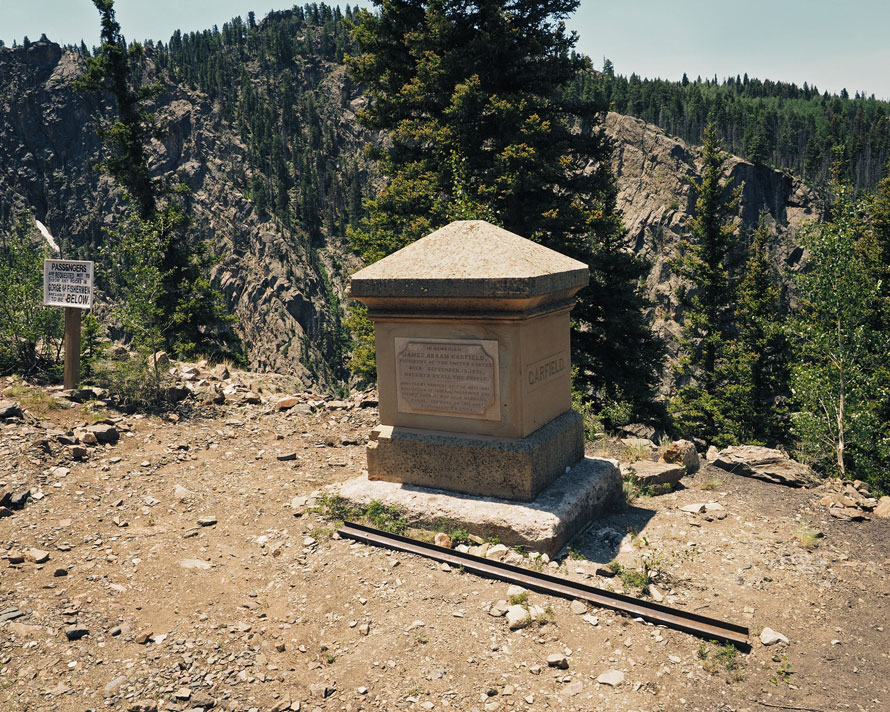
A few miles later the train stopped at Osier, where there is a restored section house, water tower, and new dining hall. Here, our westbound train met the eastbound train, and we were allowed to get off to enjoy an incredible lunch and stretch our legs.
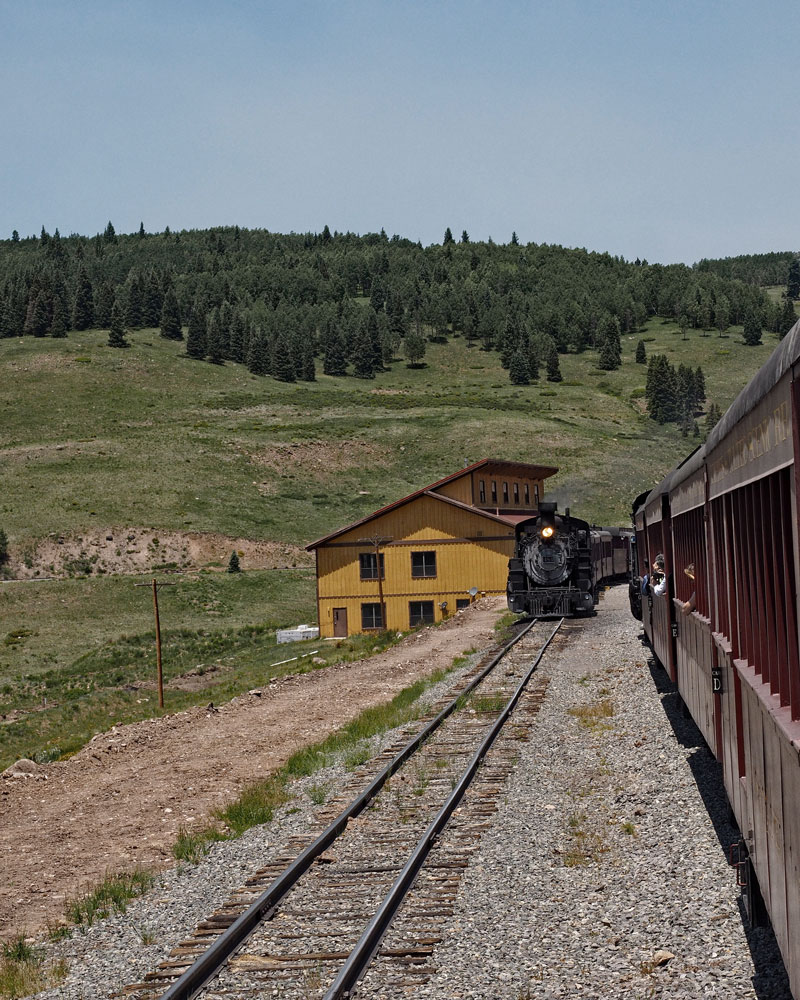
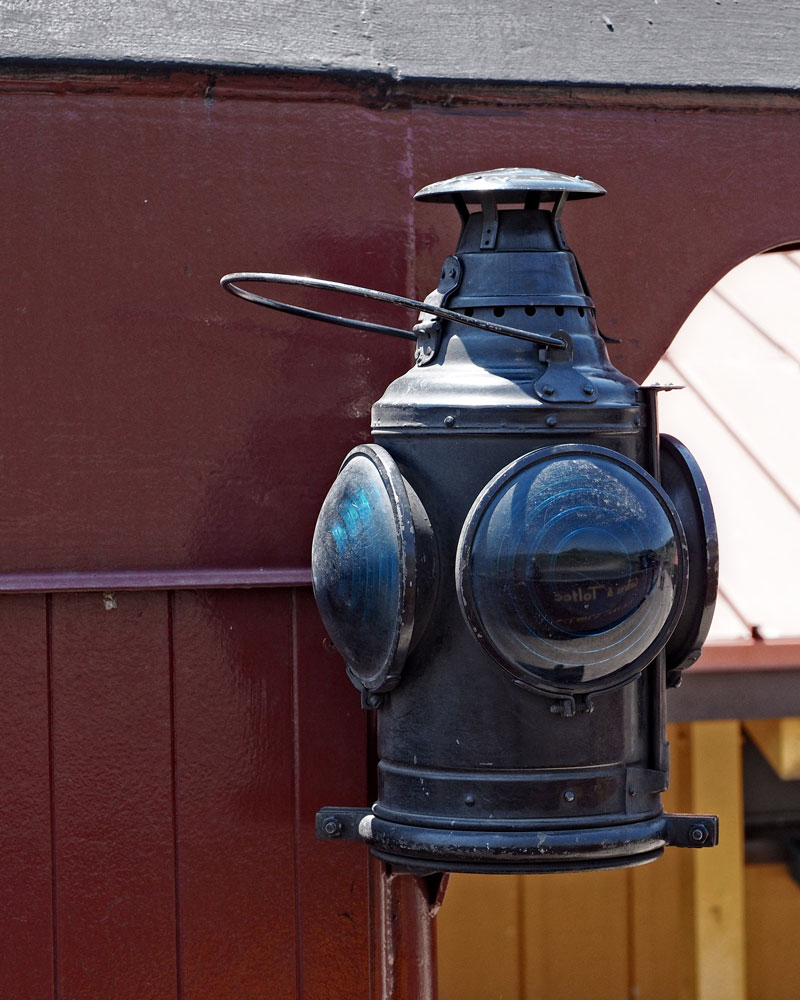
After leaving Osier, the train continued to wind along the mountainside following the Rio de Los Pinos. We crossed the Cascade trestle and then continued along the edge of a high mountain valley.
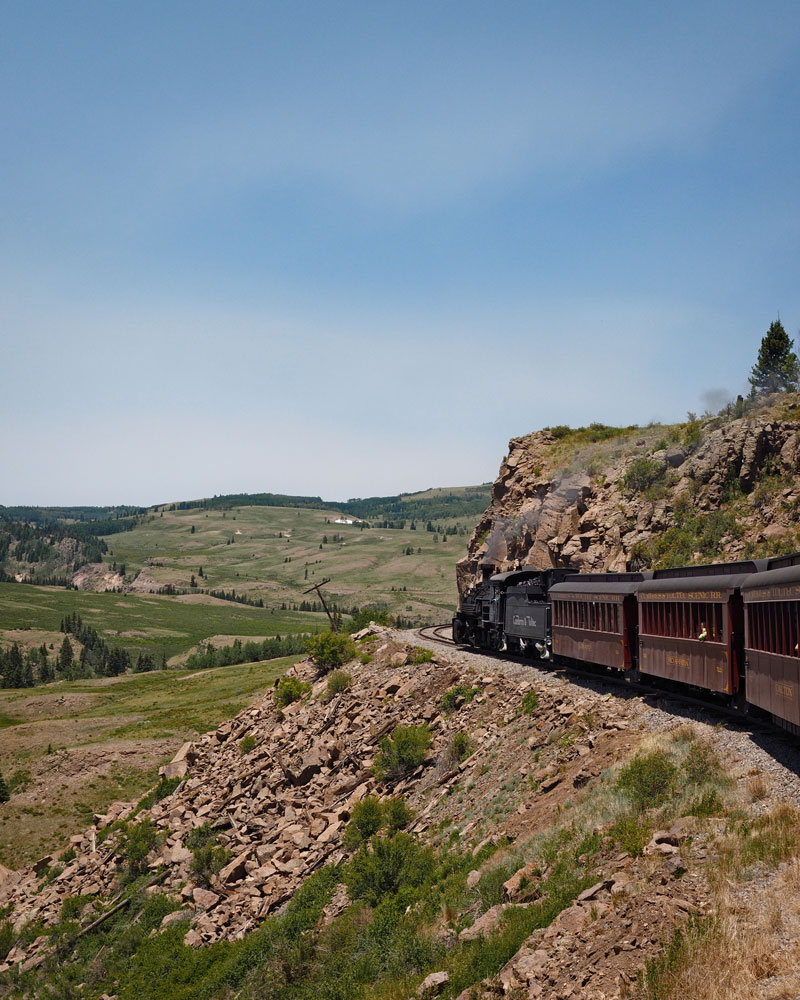
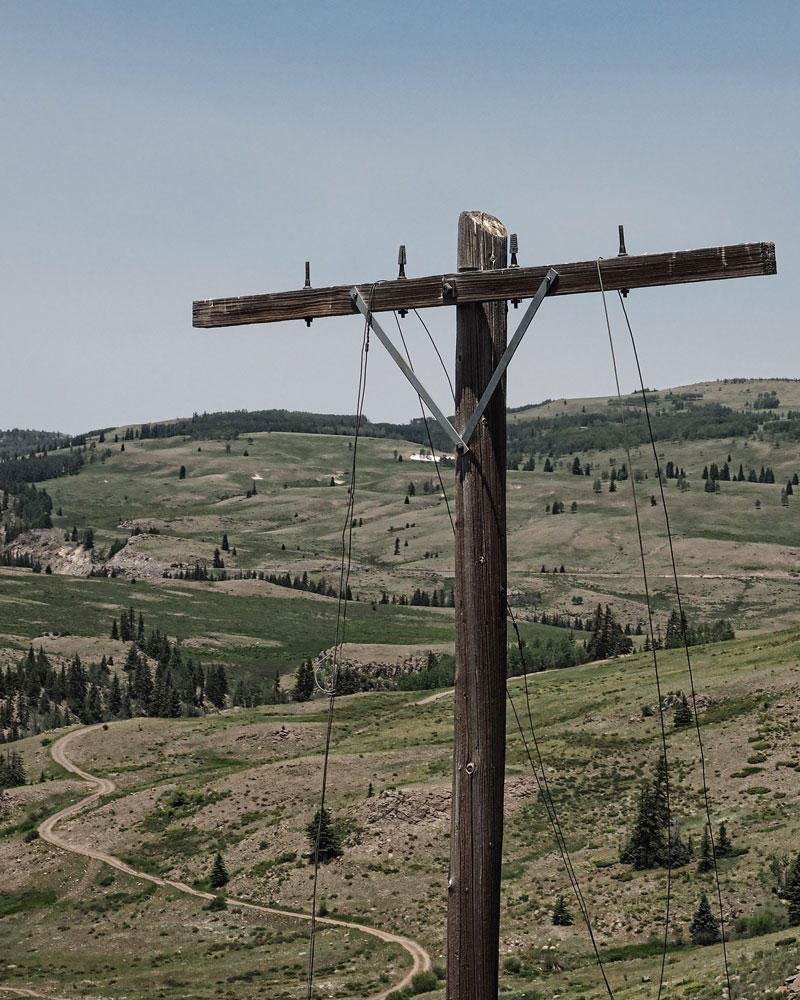
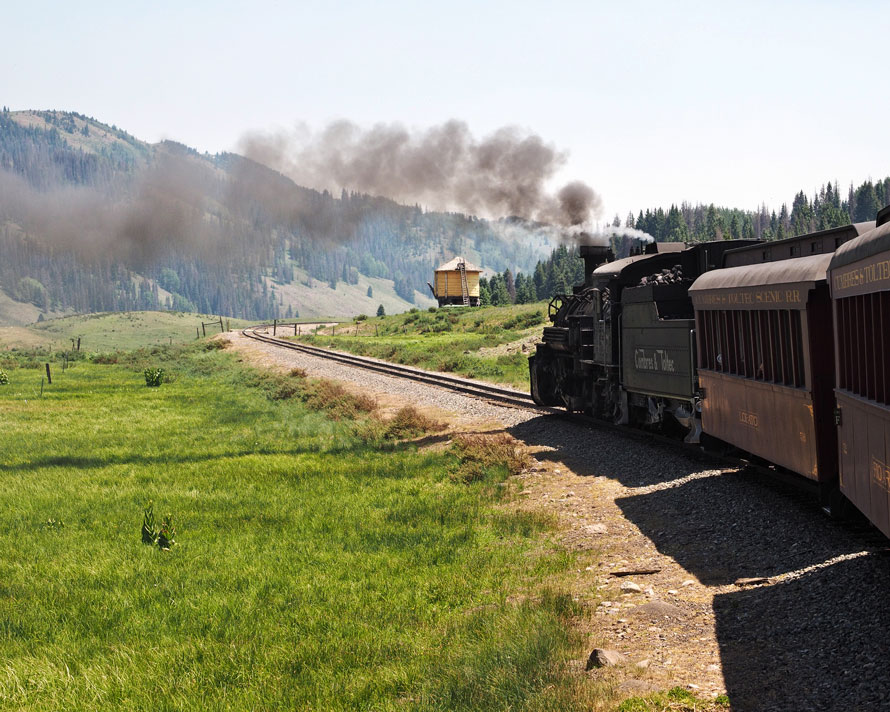
As the train continued on its way, we came to an interesting part of the track called “Tanglefoot Curve.” This 20-degree switchback curve is interesting, because the two levels of track are about 70 feet apart horizontally and 20-25 feet apart vertically. It is a favorite spot for photographers as well.
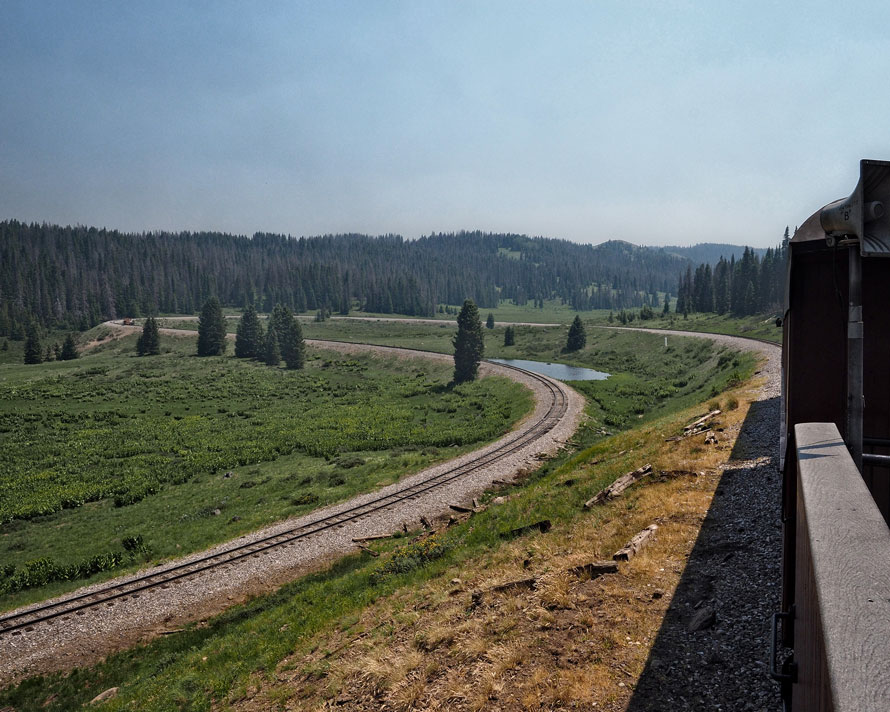
Finally, we reached the summit of Cumbres Pass at 10,015 feet in elevation. Even in early July, there was a cold wind blowing, and the train stopped again for water. Here at Cumbres Pass, there was once a small town, and they even had a post office until 1937. From the Cumbres Pass heading west, begins the steep four percent grade. Eastbound trains that are full of passengers often need a helper locomotive to make it from Chama to the crest of the Cumbres Pass.
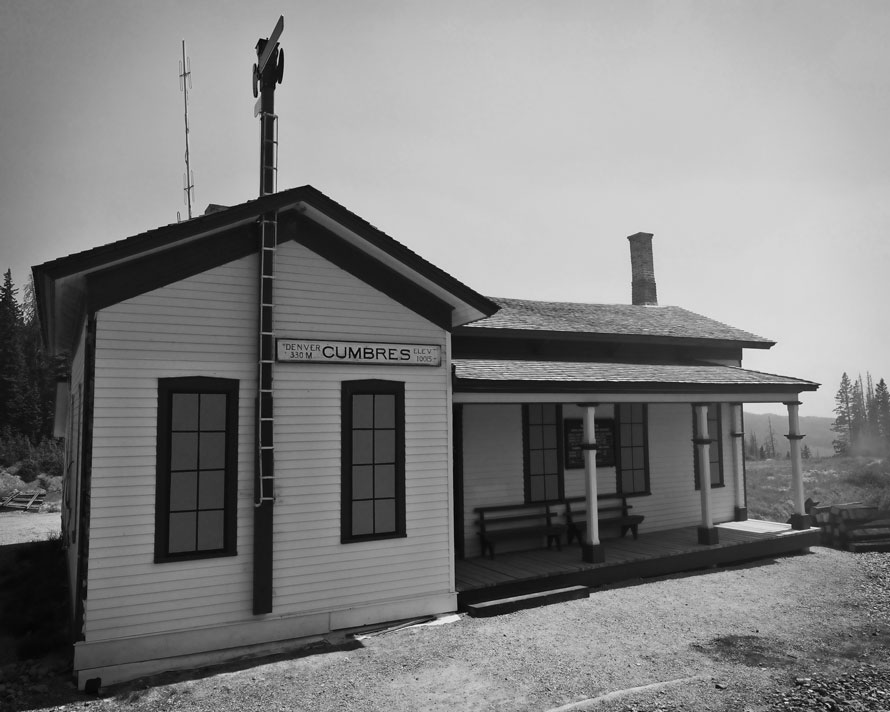
The line continues downgrade all the way to Chama. Along the way, there are lots of beautiful sites, including a crossing of the 100 feet high Lobato trestle. The Cumbres and Toltec has been used in the filming of many movies over the years, and there are even some remnants from those films still around.
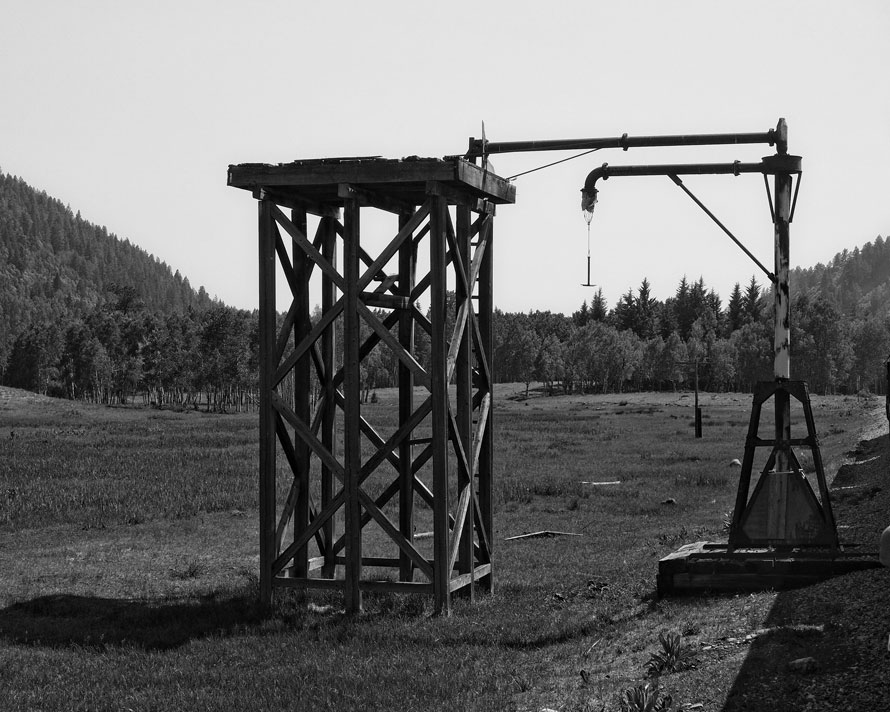
Finally, late in the afternoon our train pulled into Chama. We had greatly enjoyed our trip along the entire line, and it was an unforgettable experience. Chama itself is an awesome little town, and we ended up staying two nights there at a little hotel right across from the rail yard. There is also a great little restaurant right next door where you can eat breakfast and look out at the rail yard. If you ever get a chance to ride the Cumbres and Toltec, you will not regret it. Truly, it is an amazing experience, and you really feel like you’ve stepped back into the glory days of the narrow gauge railroad. I will leave you with a few more pictures from the rail yard in Chama, which has now become one of our favorite places to visit!
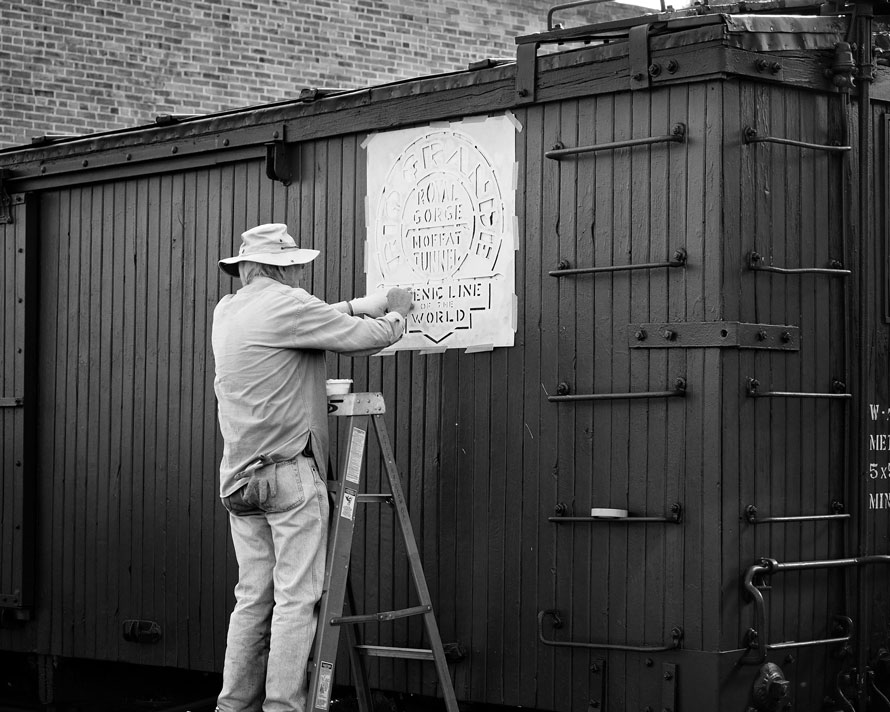
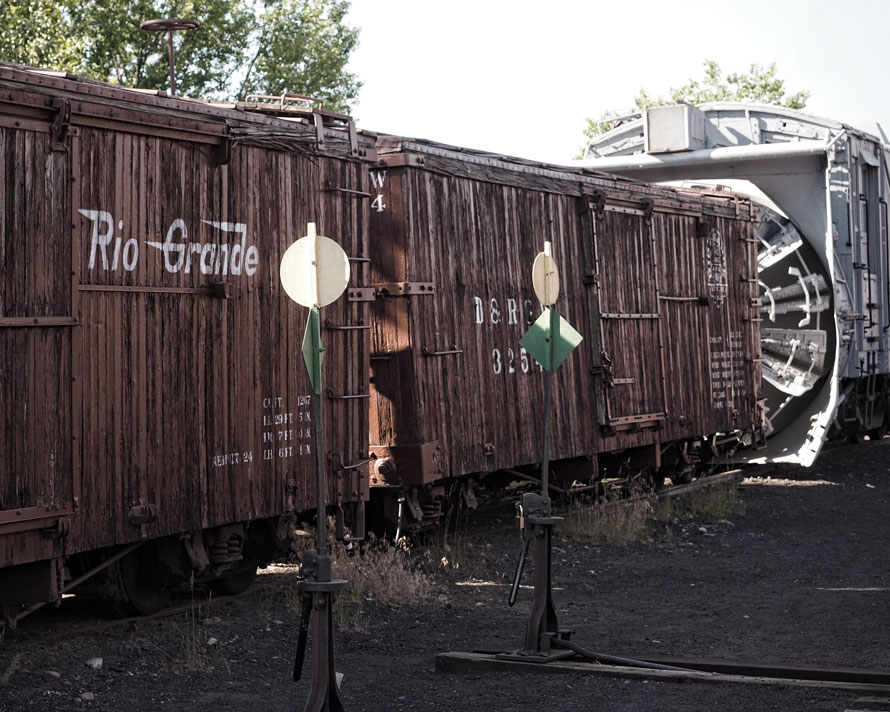
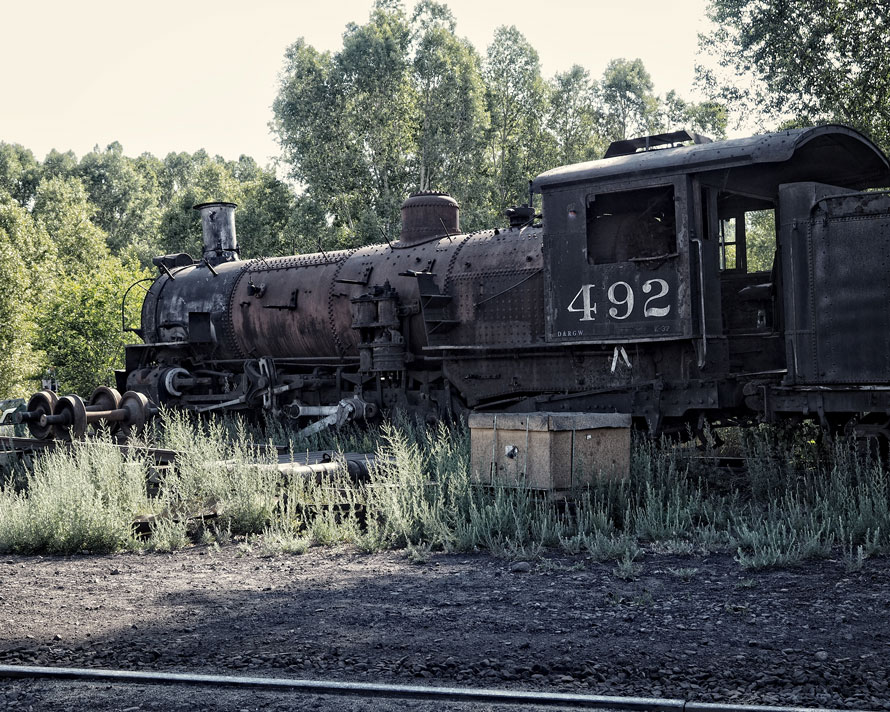
Jason Stamper – Photographs and text Copyright 2017
I’ve heard of this line many times and it’s nice to see such beautiful photos of the line. Thanks for sharing your experience with us!
Thanks, it was truly an incredible experience. Well worth the visit if you are ever near there.
Thanks for the kind comments. It was a fantastic ride, if you are ever close make a point to go by!
Thanks for the kind words. It is truly a great ride!
Jason,
This is a great article and I would like your kind permission to reprint in the NMRA British Region magazine Roundhouse so that our members can see. We have many ON3 and ON30 D&RGW RR modellers including myself.
Peter